
GameStop Revenue Beats Estimates on Stronger Software Sales
GameStop Corp. reported second-quarter sales that narrowly beat analyst’s estimates in its first report since the retail chain
2023-09-07 05:27

Intellego Technologies Partners With HAI Solutions for a Novel Application of Ultraviolet Photochromic Ink for an Intravenous Port Disinfection Technology to Mitigate Risk of Contamination
SOLNA, Sweden & SANTA BARBARA, Calif.--(BUSINESS WIRE)--May 22, 2023--
2023-05-22 18:21

Warzone Health and AI Changes Leaked for Season 4
Warzone Season 4 leaks suggest player health will be increased to 150, Strongholds will be active right away, and AIs will no longer be in the game.
2023-06-14 03:56
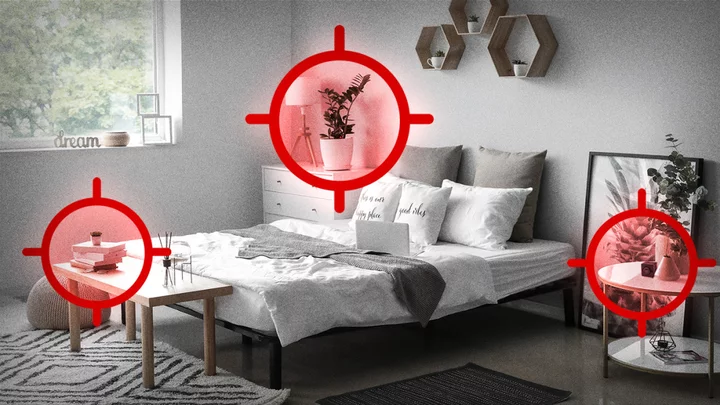
Does Your Airbnb Have Hidden Cameras? Here's How to Check
INT. CABIN - NIGHT JESS settles into a cozy, secluded Airbnb. He’s hoping for a
2023-05-25 21:20

Twitter accuses Microsoft of misusing its data, foreshadowing a possible fight over AI
A lawyer for Twitter owner Elon Musk accused Microsoft of misusing the service’s data and demanded an audit from the software giant
2023-05-19 09:59

Crypto Markets Slump as US Regulatory Crackdown Spooks Investors
Smaller coins led a crypto selloff as a Securities and Exchange Commission crackdown on key digital-asset exchanges unnerved
2023-06-10 15:24
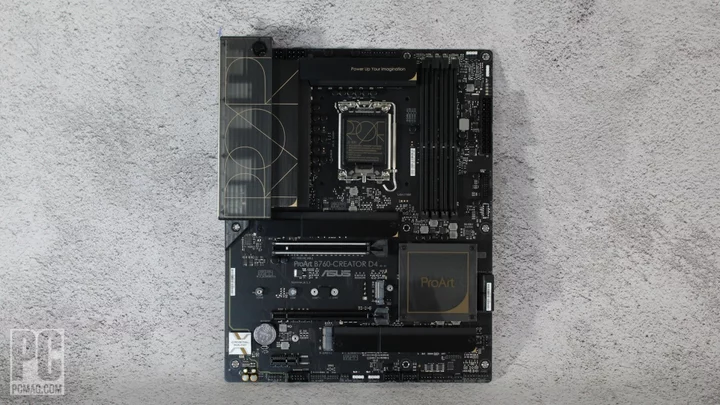
Asus ProArt B760-Creator D4 Review
Designed for users of high-end creative apps, the Asus ProArt B760-Creator D4 motherboard ($229.99) is
2023-06-26 09:27

FPT Software and Viessmann Join Hands, Tapping APAC Market
HANOI, Vietnam--(BUSINESS WIRE)--Aug 2, 2023--
2023-08-02 14:18

Are ROH Wrestlers in AEW: Fight Forever?
There are no Ring of Honor wrestlers in AEW: Fight Forever. Only full-time AEW superstars are in the game at launch, like MJF, Britt Baker, and Bryan Danielson.
2023-06-28 03:45

Is Cities: Skylines 2 Steam Deck Verified?
Cities: Skylines 2 has had several problems across platforms. The Steam Deck is no exception.
2023-10-31 02:24

FPT Software Secured Contract with EASA, Tapping Blockchain for Aviation
COLOGNE, Germany--(BUSINESS WIRE)--Aug 22, 2023--
2023-08-22 15:58

China's Huawei says it earned patent revenues of $560 million last year
SHENZHEN, China Chinese tech giant Huawei Technologies received $560 million in royalty revenues in 2022, Alan Fan, its
2023-07-13 17:50
You Might Like...

The Boston Globe Names Will Ahmed, Founder and CEO, WHOOP to Tech Power Players 50
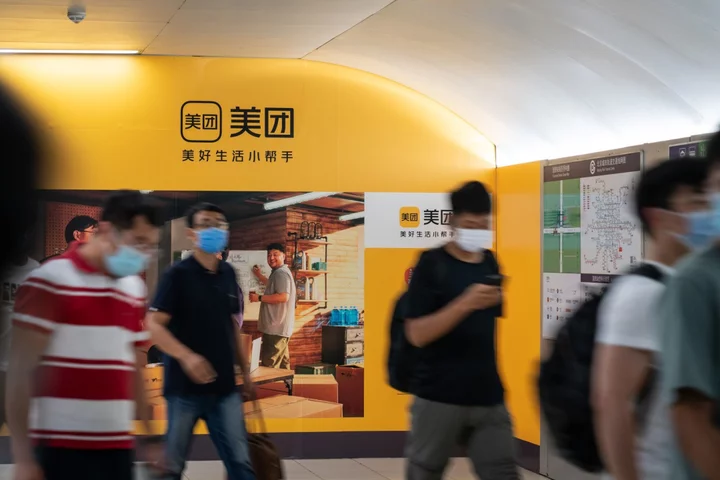
Meituan Buys Co-Founder’s Months-Old AI Startup for $234 Million

Get a refurbished MacBook Pro for $300

Scientists believe vegetarianism could be in your DNA

Here's what Elon Musk added to X's new terms of service
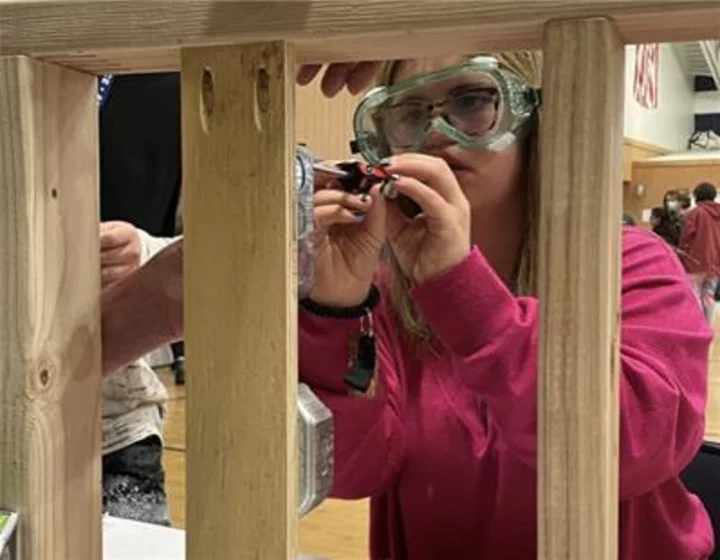
Maine Students Discover Exciting Career Possibilities at Unique Hands-On Career Fair

Save over £150 on Beats Studio3 this Prime Day
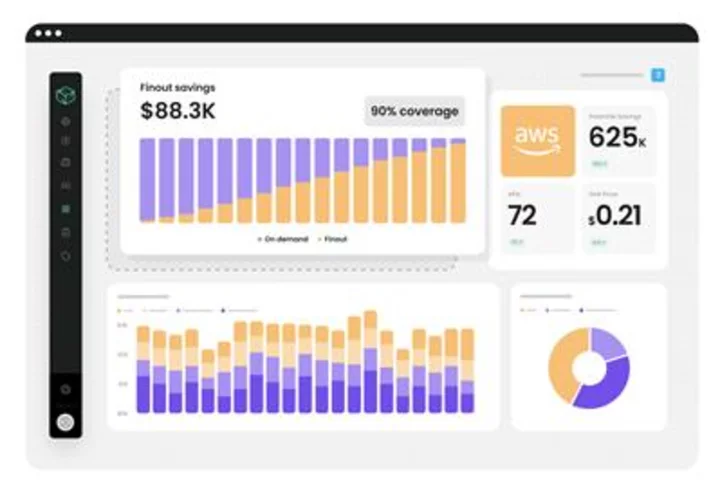
Finout Launches AI-Powered Cost Savings for AWS, Giving Every Dollar Saved Back to Customers
